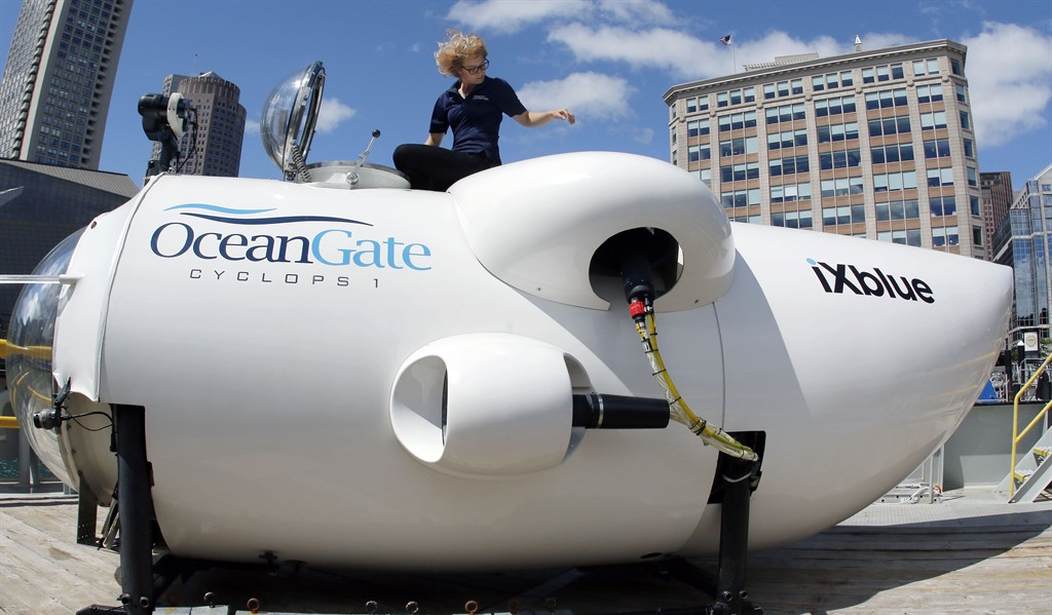The U.S. Navy likely knew there was no hope of finding the submersible Titan’s five-man crew alive after top-secret underwater listening devices detected an implosion near the Titanic’s final resting place less than two hours after the craft launched.
“The U.S. Navy conducted an analysis of acoustic data and detected an anomaly consistent with an implosion or explosion in the general vicinity of where the Titan submersible was operating when communications were lost,” a senior U.S. Navy official told The Wall Street Journal in a statement. “While not definitive, this information was immediately shared with the Incident Commander to assist with the ongoing search and rescue mission.”
If that information was shared with the incident commander, was it also shared with the families? And if it was, why the charade of a multi-million-dollar “rescue”?
James Cameron, director of the blockbuster film Titanic, made more than 30 dives to the wreckage of the sunken ship and says he knew right away what had happened.
“For the sub’s electronics to fail and its communication system to fail, and its tracking transponder to fail simultaneously — sub’s gone,” he told a British broadcaster.
“For me, there was no doubt. I knew that sub was sitting exactly underneath its last known depth and position, and that’s exactly where they found it,” he added. “There was no search. When they finally got an ROV down there that could make the depth, they found it within hours. Probably within minutes.”
So why continue the search?
Because there was no visual or other conclusive evidence of a catastrophic failure, one of the officials said, it would have been “irresponsible” to immediately assume the five passengers were dead, and the search was ordered to continue even though the outlook appeared grim. Both of the Navy officials spoke on the condition of anonymity to discuss operational details.
It was not immediately clear how widely the Navy’s acoustical analysis was disseminated among the search team, nor why the Navy had not made it public earlier. The Navy’s acoustic analysis from the secret sensor network was first reported by The Wall Street Journal.
Cameron called the coverage of the “rescue operation” a “prolonged and nightmarish charade.”
“That was just a cruel, slow turn of the screw for four days as far as I’m concerned,” he said. “Because I knew the truth on Monday morning.”
Cameron is no Hollywood blowhard. He designed his own submersible and in 2012, took it to the deepest place in the ocean — Challenger Deep, which is 35,000 feet below the surface of the Pacific.
The film director thinks he has an answer to why the vehicle imploded.
As a design weakness in the Titan submersible and a possible cautionary sign to its passengers, Mr. Cameron cited its construction with carbon-fiber composites. The materials are used widely in the aerospace industry because they weigh much less than steel or aluminum, yet pound for pound are stronger and stiffer.
The problem, Mr. Cameron said, is that a carbon-fiber composite has “no strength in compression”— which happens as an undersea vehicle plunges ever deeper into the abyss and faces soaring increases in water pressure. “It’s not what it’s designed for.”
For all concerned, 20-20 hindsight applies here. OceanGate took 28 people to the Titanic wreck on previous dives, and although it wasn’t always smooth sailing, there were no major incidents. Pointing out design flaws now is Monday morning quarterbacking.










Join the conversation as a VIP Member